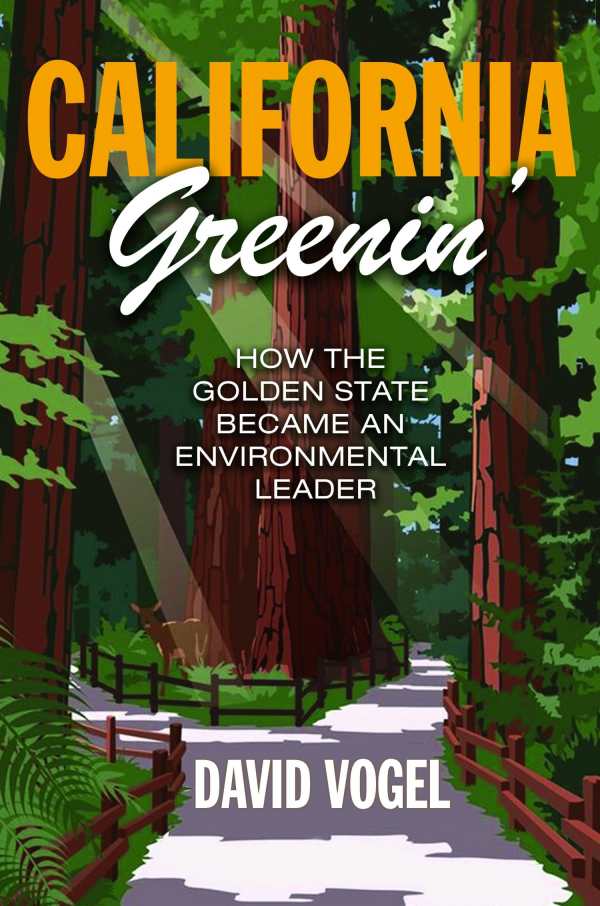Why is California such an environmental leader? The state is famous for its natural beauty and legacy of environmental activism. Major environmental organizations like the Sierra Club started in the state, the U.S. Clean Air Act basically started in California, and more recently, the companies developing climate-fighting technologies, from Tesla to SunPower, along with leading climate investors, are all based here.

David Vogel, professor emeritus at the UC Berkeley Haas School of Business and Department of Political Science, seeks to answer that question in his 2018 book from Princeton University Press, California Greenin’: How The Golden State Became An Environmental Leader.
I’m admittedly delayed in both reading and reviewing it, but for anyone interested in, involved with, or curious about California’s environmental legacy and “secret sauce” to motivate action, the book is a useful and enjoyable read.
At its core, California Greenin’ is a history of some of the big environmental fights in the state’s history, many of which I referenced in my post last week on the Top 10 worst environmental decisions in California. Vogel covers the fights over gold mining pollution, sequoia and redwood clear-cutting, oil exploration along the coast, water pollution, smog in Los Angeles, and energy efficiency and climate change. That’s because out of these tragedies and destruction came lasting environmental action.
The most fascinating insight of the book is that this environmental protection was successful only when citizen activists found allies in the business community. For example, agricultural interests successfully opposed hydraulic gold mining because of runoff despoiled their lands and business. Realtors and other real estate interests wanted action to decrease smog in Los Angeles and oil exploration along the coast, which was depressing property values. And tourist businesses wanted to preserve natural resources in national parks, such as the giant sequoias.
In some cases, no natural alliance between citizens and businesses existed, such as with the case of California’s extreme water infrastructure, which has destroyed wetlands and ecosystems to deliver water to agricultural interests and cities. Without any specific industries harmed by this development, no real mobilization occurred to fight it.
Of course, other factors contribute to California’s environmental successes, such as a populace attracted to the state by its beauty and therefore willing to vote and fight to preserve it, and strong expertise in state government to implement environmental programs. Vogel convincingly details these factors.
The book is enjoyable to read largely because it traces environmental conflicts with heroes and villains and largely positive outcomes (my only quibble is that he misspelled the last name of my cousin Sarah Elkind in quoting her work at San Diego State University). It’s heavy on the history and policy, without bogging down in too many details or theories.
California Greenin’ ultimately leaves an important message for today’s environmental fights: coalitions, particularly with the business community, and strong leadership can mobilize long-lasting action to protect the environment. In California, the proof is the natural beauty saved from destruction.


